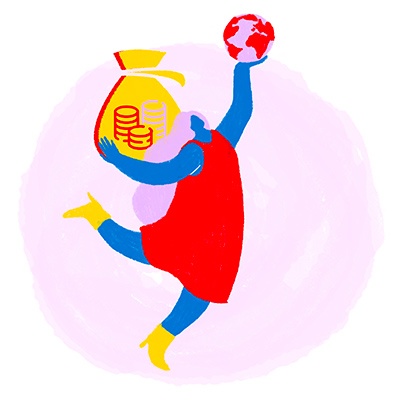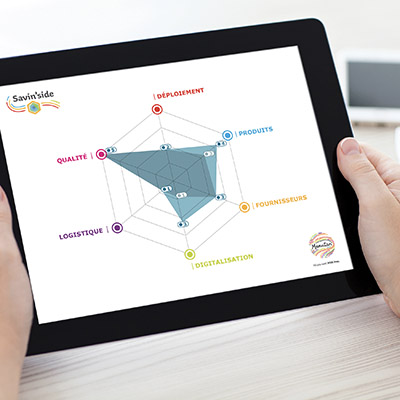A company’s purchases are commonly categorised into 3 classes. Classes A and B are already integrated into corporate purchasing strategies. Class C, better known as tail spend, by contrast, is often under-estimated; and yet, properly optimised, it can generate savings of up to 20%.
Classes A and B
Class A covers all of the products and services directly related to the company’s core business. It generally represents 75% of the total purchasing volume.
Class B covers product and service purchases that are peripheral to the core business but highly recurrent. It accounts for 20% of the total volume.
For both of these categories, there are strong incentives to secure and optimise purchasing: companies consolidate these categories with a small number of strategic suppliers by standardising and specifying their needs in detail.
Class C purchases, better known as tail spend
All of the other, more diffuse, purchases are grouped together in this category. It encompasses a wide range of products that are purchased in a much more irregular and unstructured way. They make up only 5% of purchasing volume, but account for the majority of administrative costs, since they involve 60% of the order volume and 75% of the total supplier base. We have already touched on the approach and tools that can be used to rationalise these purchases: reducing the supplier base, deploying electronic ordering solutions, and promoting suppliers that are listed on every site. This type of approach can generate savings of up to 20%.
Optimising Tail spend
But experience shows that we can take it even further. Once a company has clear visibility of its Tail spend consumption, it frequently becomes evident that some of these products are in fact ordered on a very regular basis. They represent large spending volumes, but are dispersed over so many different product lines that they are hard to identify. These products could easily be treated as Class A or B purchases, with standardisation of requirements, annual volume forecasts, optimisation of the supply chain, and concentration on one or two suppliers to reduce costs.
Three significant customer examples
For example, for one of our food industry customers, we were able—after rationalising the supplier portfolio—to identify widespread fragmentation in the consumption of plastic trays. In total, several hundred thousand euros were being spent at 4 factories on products that were similar, but manufactured by different suppliers. We drew up specs for a common tray for all sites and put out a call for tenders, with our customer; then we organised the supply chain. These actions generated an annual saving in the order of 100,000 euros.
Among the many projects we have conducted in this area, another pertinent example is the Europe-wide standardisation of workshop cabinets for a major manufacturer, or the definition of a standardised “store opening kit” for a leading fashion retailer. In both cases, the annual savings amounted to several tens of thousands of euros, with the added benefits of time savings and increased security of supply.
This approach can only be leveraged after implementing a strategy of supplier portfolio rationalisation and analysing consumption, but ultimately it is the one that can make the greatest contribution to improving profitability, as every euro saved directly affects the bottom line.








